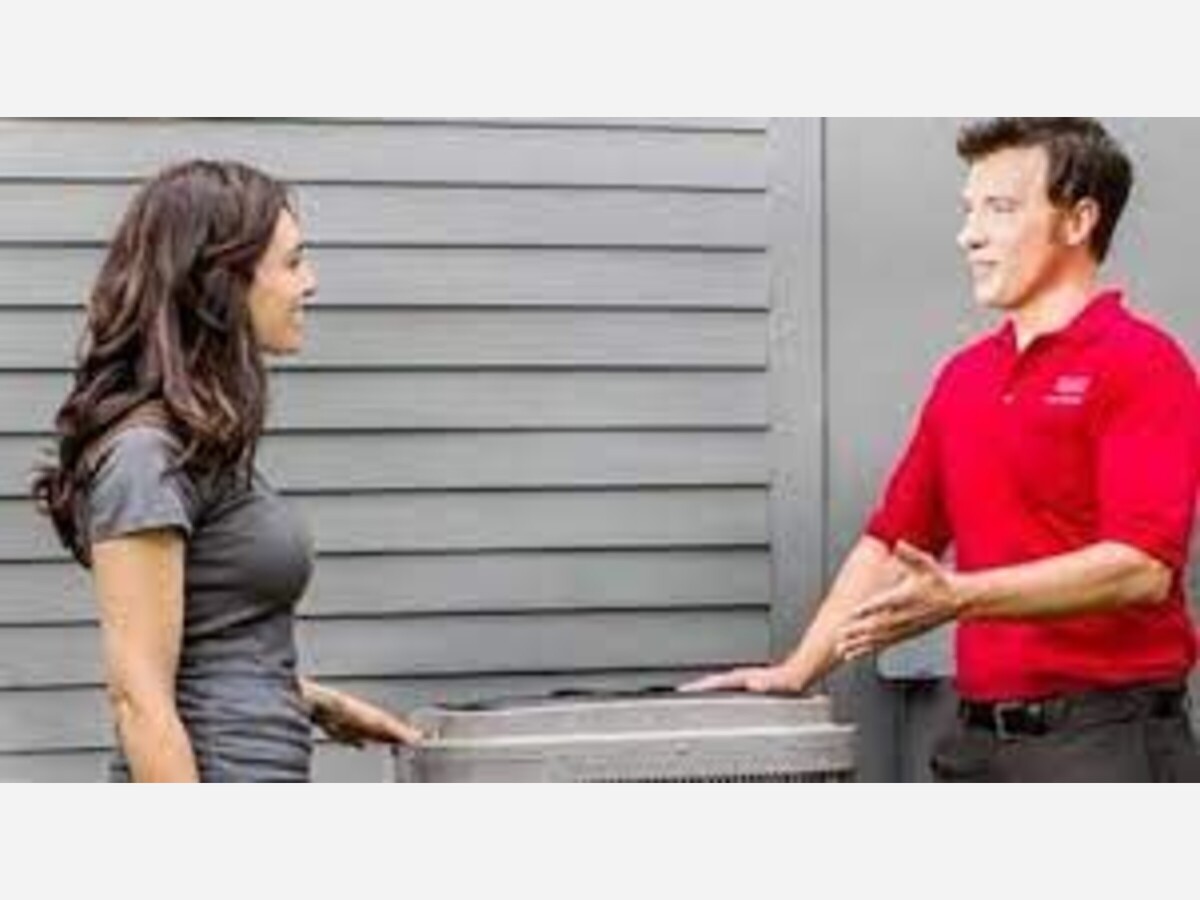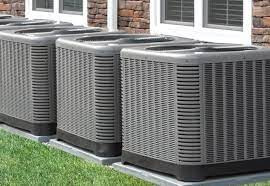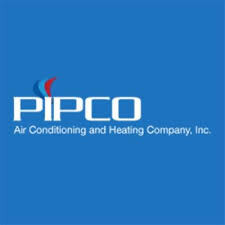Image


Before you begin working on your HVAC system, you need to turn the power off. Most outside units have a disconnector located only a few feet away. Most disconnectors consist of a handle that is covered by a lid or panel. Pulling on this handle will cut off power to the unit, but not the flow of electricity to the disconnector. In other words, the disconnector will remain “live.” It’s imperative that you cover the disconnector and ensure that none of its other areas are exposed before proceeding. For added safety, you can locate the breaker that controls your HVAC system and switch it off.
Safety should be your highest priority. If you have concerns at any point during this process, contact a local expert to handle your heat pump or A/C maintenance for you.
Extreme weather is harsh on outside units. As you would expect, outdoor units are enclosed in panels that protect their electrical components from the elements. Check every side of the unit to ensure that panels are intact. If panels are missing or misaligned, possibly due to a storm, you could reattach or realign the panel if it’s a simple fix. However, if electrical components are exposed, you should contact an HVAC technician to fix it for you. If so, avoid starting your system again until the unit is fully enclosed.
Winter may have left dirt and debris in the exterior condenser or compressor of your unit. In this case, you can use a heavy-duty degreaser, a hand vacuum, and good old fashioned effort to clean away leaves and other waste caught in the unit. In most cases, you will also need a screwdriver or wrench to reach the interior.
Take this opportunity to cut back any vegetation within 2 feet around your unit. While shrubs are other plants are not direct obstructions, they can still affect the airflow around your unit.
Check the conduit pipe that runs between your outside unit and its inside counterpart. When this pipe is properly insulated, it will maximize your energy efficiency and consequently save you money. Otherwise, you could be making your HVAC system work harder to do less and be paying more as a result. If your insulation is thin or disintegrated, you can repair or replace it with a layer of fiberglass, foam rubber, or polyethylene foam.
Like insulation, a clean air filter provides significant benefits for relatively minor work. Depending on HVAC system, your unit will either have filters that can be cleaned or filters that are disposable and will need to be replaced. Either way, make sure to clean or replace your filters every one to three months, unless instructed otherwise by your manufacturer.
Now is the time to move inside to work on your blower or furnace. Like before, safety is your highest priority. You’ll want to make sure that the power to the unit is cut off before moving forward.
Locate and open the door to your unit’s evaporator coil, removing any screws or bolts as necessary. With a soft brush, remove any dust that is present and then spray the coil with a commercial coil cleaner. Next, clean out the drain pan with a mixture of soap, hot water, and a little bit of bleach. Then, pour a mixture of half a cup of bleach with a half a cup of water down the drain. When you’re done, replace and seal the door.
Algae and mold can build up within your drainage line causing it to either flow slowly or stop flowing altogether. In order to address this, locate your drainage hose, which is usually a one-inch PVC pipe, and follow it to the end where it trains. In some cases, the line will drain outside near your other unit; however, most will end at a utility sink or floor drain in your basement. Once you’ve located the end of the drain line, attach a vacuum hose to the opening. Finally, run the vacuum for a few minutes to clear away any potential mold or algae buildup inside.
Just like your outside unit, your blower or furnace requires air filters that need to be replaced on a regular basis. This means that you should follow the same steps as you did before while still paying special attention to the type of filter you use and your manufacturer’s guidelines.
Finally, it’s time to start up your system to check to see if it cools your home adequately. Does everything run smoothly? Does the temperature in your home reach the degree you want it to? Does the temperature in your home change in a reasonable amount of time?
Remember, if you encountered any kind of damage that gave you a reason for concern, you’ll want to skip this step and contact an HVAC technician instead. Moreover, if you’re not fully satisfied with the quality of air in your home, turn to a professional.

While these steps will help keep your heat pump or air conditioner in good shape, keep in mind that there are some maintenance items that only a professionally trained HVAC technician can handle. These advanced procedures, together with the items listed above, will ensure that your units are in top form and fully prepare for the summer ahead. Moreover, there may be instances where you lack the tools to do some of the aforementioned steps yourself. In either case, it’s a good idea to call an HVCA professional to make sure your system is blowing cool air – and not just blowing air – when it’s sweltering outside.